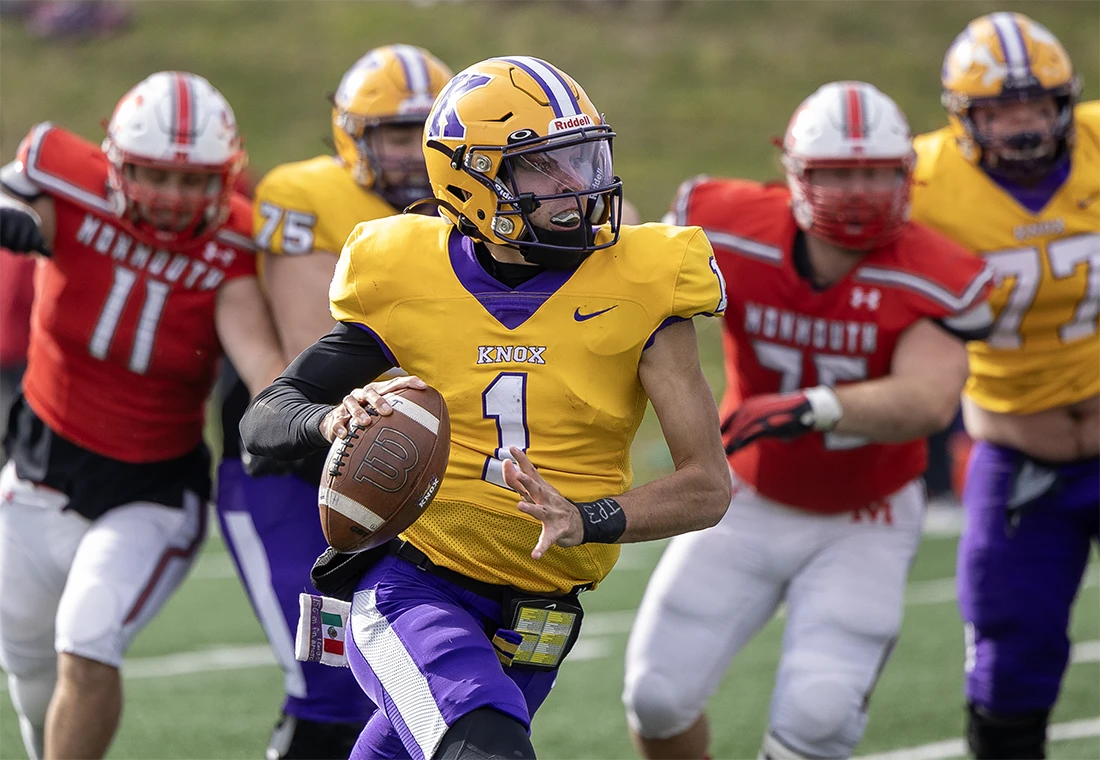

Bronze Turkey Football Game
It’s one of the oldest football rivalries in the U.S. Since 1888, Knox has played rival Monmouth College for the coveted Bronze Turkey.


It’s one of the oldest football rivalries in the U.S. Since 1888, Knox has played rival Monmouth College for the coveted Bronze Turkey.